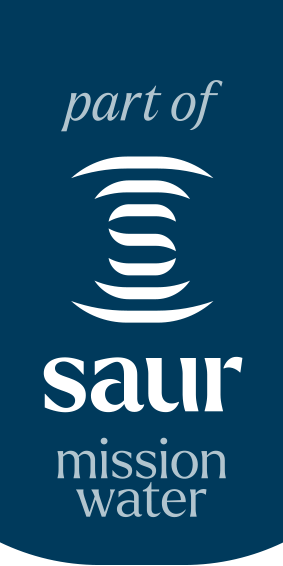Balancing water performance and energy efficiency
We commit to all our stakeholders to provide the most suitable solutions to effectively combat pollution, reuse treated wastewater, minimize energy consumption, and limit greenhouse gas emissions.
Between 2012 and 2030, the global demand for water is estimated to increase by 50% to support population growth, economic development, and changing consumption patterns. To support the necessary water and energy transition of territories, Stereau is committed to:
- preserving the capacity of local communities to provide users with sufficient volumes of good-quality water in the face of population growth and climate change,
- reducing the carbon footprint of installations to achieve the United Nations Sustainable Development Goals (SDGs) and carbon neutrality by 2050 (Green Pact and National Low Carbon Strategy – SNBC),
- improving treatment processes to alleviate pressure on natural resources.
- Water and energy efficiency
- Treatment performance
- Operability, ergonomics, and adaptability of facilities
- Reuse of treated wastewater
- Low-carbon energy production
- Recovery of raw materials
- Optimization of investments
- Search for solutions that minimize operating costs
For Stereau, sustainable development is integrated into the three key stages of a plant's life:
In the upstream phase, Research & Development incorporates criteria for environmental and economic performance. The results of conducted research translate into reduced energy and reagent consumption, optimization of natural resources, and early consideration of environmental impacts for process integration.
The design and implementation phases incorporate social and environmental criteria. The goal is to reduce environmental nuisances, starting locally at the site and then more broadly by working on pollution reduction, savings in reagents, water, and energy.
Operational gains are sustainable. By considering environmental impacts early on, the costs of operation and maintenance are minimized.
Innovation, to stay ahead
Asserting our leadership in the water and energy transition of territories leads us to place innovation at the heart of our strategy.
Our R&D experts identify and develop new processes capable of addressing the challenges of tomorrow. They also contribute to the selection of products (membranes, biotechnologies, reactors, etc.) integrated during the construction of installations. The selected products often involve exclusive partnerships and customization.
Close to the field and attuned to the needs, our R&D pursues concrete objectives for tangible and measurable customer benefits, drawing on the experiences of previous projects. While many market players work in large dedicated research centers, Stereau carries out its R&D activities on-site in close partnership with its clients. Our teams operate small-scale pilot treatment units whose capacity for extrapolation has been validated beforehand. This specific approach aims to closely align with the real and normal operating conditions of installations to offer true technical added value.
At the forefront of digitalization, our Engineering services rely on the constant evolution of technologies to ensure high-quality design and implementation. Our teams master the BIM methodology and the creation of digital models. Since 2018, all our draftsmen have been trained in this working method, and 100% of the projects handled by our engineering teams are “BIM compatible.”

